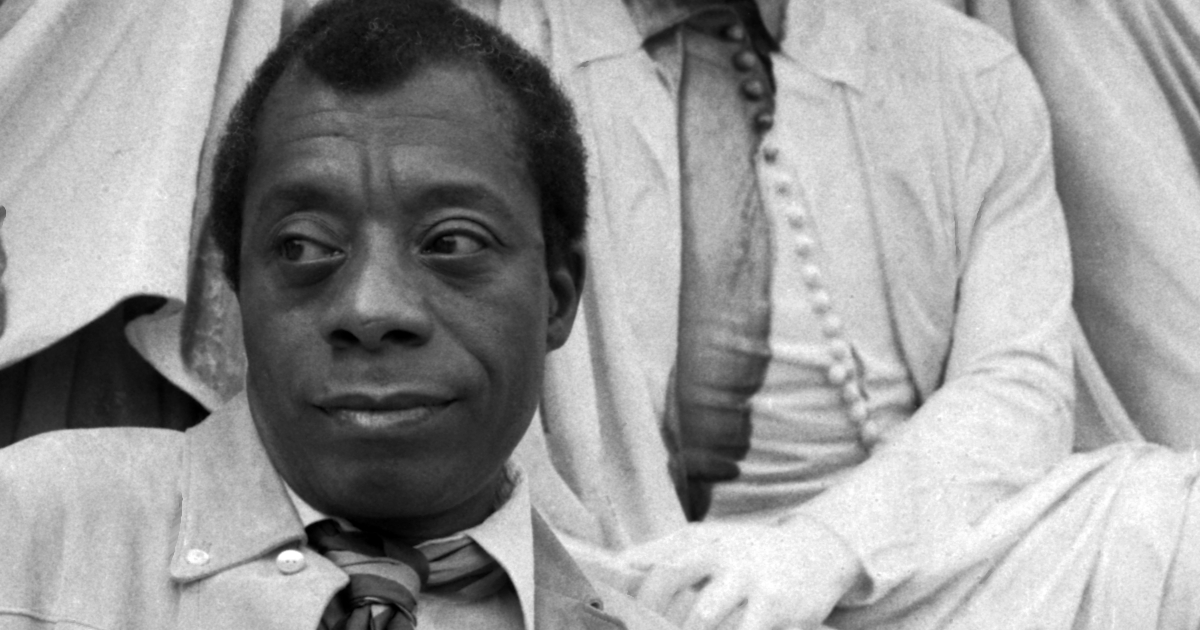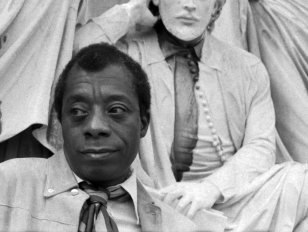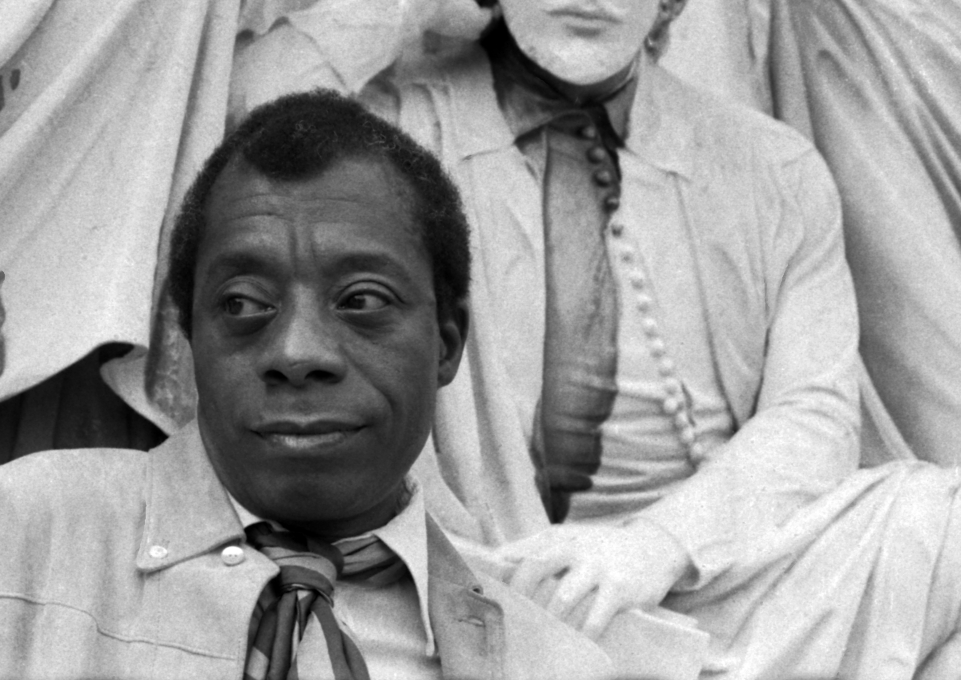
Black History Month provides the opportunity to celebrate the achievements of African Americans and recognize their role in U.S. history.
In September 1915, the Harvard-trained historian Carter G. Woodson and the Reverend Jesse E. Moorland founded the Association for the Study of Negro Life and History. Known today as the Association for the Study of African American Life and History (ASALH), the group sponsored a national Negro History Week in 1926, choosing the second week of February to coincide with the birthdays of Abraham Lincoln and Frederick Douglass, according to the History Channel website.
In the decades that followed, mayors of cities across the country began issuing yearly proclamations recognizing “Negro History Week.” By the late 1960s, “Negro History Week” had evolved into Black History Month on many college campuses. Since 1976, every U.S. president has officially designated the month of February as Black History Month.
In honor of this year’s Black History Month, we invited African American administrators and faculty members from Buffalo State College to share a favorite book that speaks to the Black experience. Several participants responded with their choices.
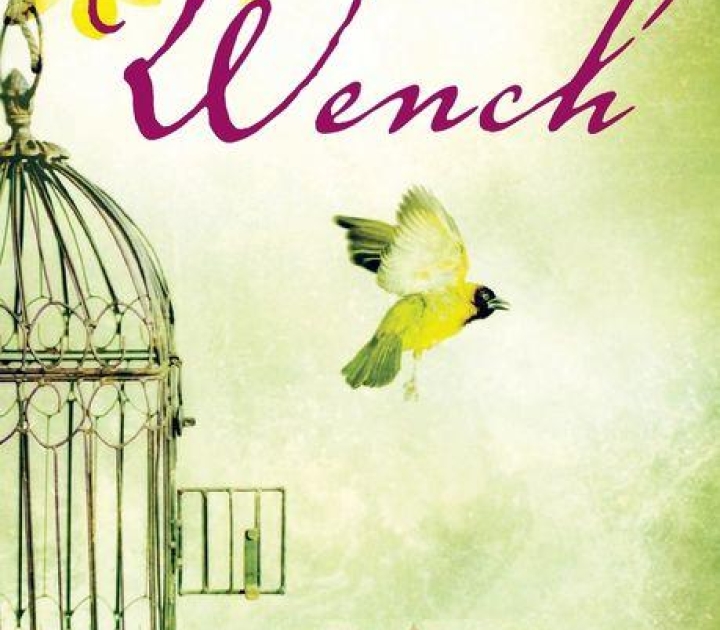
Katherine Conway-Turner, President of Buffalo State College
“I’ve had first-year students at all my previous campuses read novels or important texts, including the novel Wench, by Dolen Perkins-Valdez (2009). Wench focuses on a slice of slavery that is not normally discussed.”
Also recommended: Bus Ride to Justice: The Life and Works of Fred Gray, by Fred D. Gray (1995); The New Jim Crow: Mass Incarceration in the Age of Colorblindness, by Michelle Alexander (2010); and Civil Rights History from the Ground Up, edited by Emilye Crosby (2011).
Timothy Gordon, Vice President for Student Affairs
“Whistling Vivaldi: How Stereotypes Affects Us and What We Can Do, by Claude M. Steele (2010) has been critical in helping folks understand how systemic racism and bias can impact things like performance on standardized tests, the feelings of imposter syndrome among Black students and professionals (along with other diverse groups), and what actions and steps can be taken to address the inequalities created through stereotypes and related behavior. I have used this book as a teaching tool for staff teams to work on intentional analysis to provide opportunities to reduce bias in how students and staff are served and supported.”
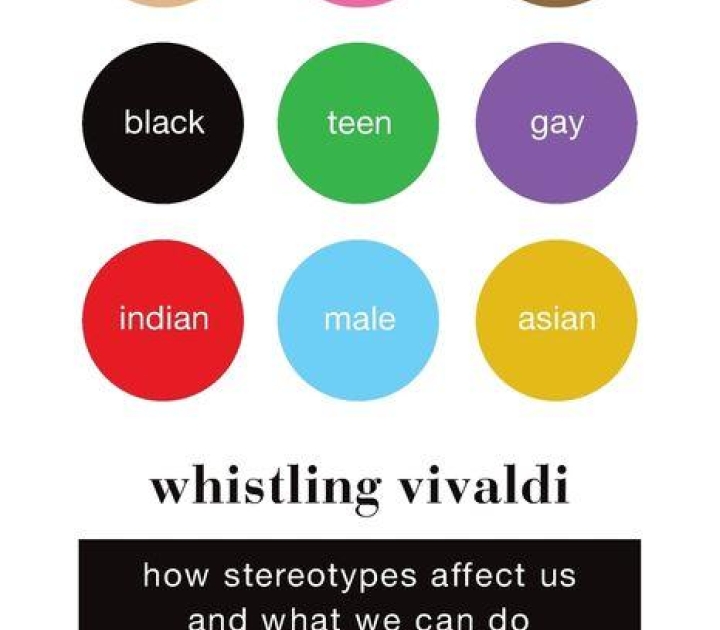
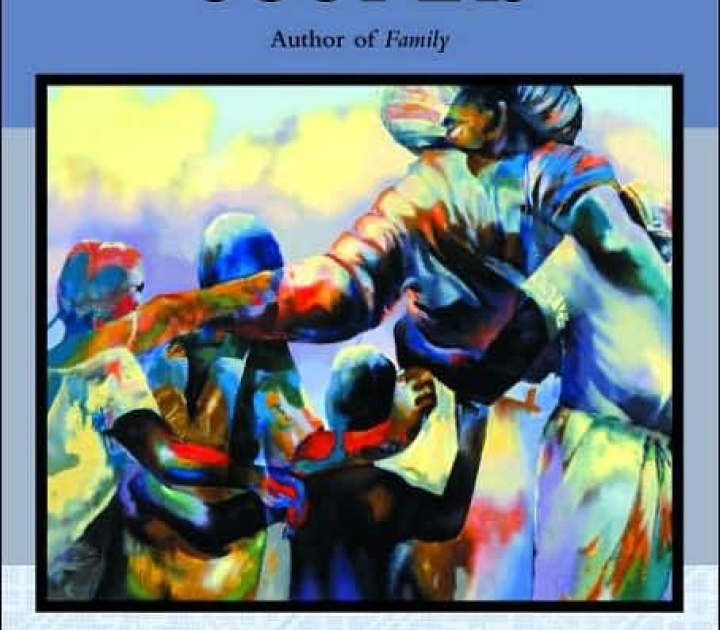
Crystal Rodriguez-Dabney, Chief of Staff and Chief Diversity Officer
“There are so many favorites, but one that’s special to me is the novel The Wake of the Wind, by J. California Cooper (1998). It tells the story of one family’s triumph over adversity while living in Texas in the waning years of the Civil War. I sent a copy to Katherine Conway-Turner as a thank-you gift after my initial interview with her for my current position. She said she enjoyed the read while flying to Africa soon after she received the book.”
Yanick Jenkins, Director of Buffalo State’s Educational Opportunity Program
“One I’m currently reading is Spare the Kids: Why Whupping Children Won’t Save Black America, by Stacey Patton (2017). It’s about how corporal punishment in Black households is rooted in the belief that it’s a necessary step in protecting our children from police violence. I would also recommended the children’s book The 1619 Project: Born on the Water, written by Nikole Hannah-Jones and Renée Watson and illustrated by Nikkolas Smith (2021). A complement to the New York Times’ 1619 Project, it chronicles life in Africa before slavery and the consequences of slavery. It’s an emotionally tough read, but a great way to begin sharing the truth of our history.”

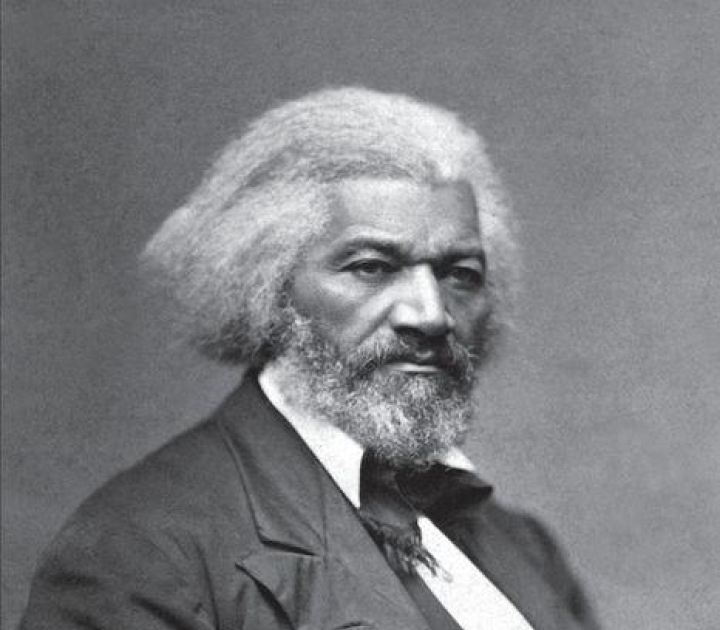
Steve Peraza, Assistant Professor, History and Social Studies Education Department
“My favorite book in African American history is Narrative of the Life of Frederick Douglass, written by Frederick Douglass (1845). Douglass inaugurated the genre of literature known as the ‘slave narrative,’ and in this volume, he introduced a wide range of topics in the field of slavery studies—slave art, religion, and community, among others. I read it with my students nearly every semester, and every time I discover new, rich details that I hadn’t quite grasped before. I still use the copy I read as an undergraduate, my first copy, which is exploding with marginalia, highlights, and sticky notes.”
Ron Stewart, Professor and Chair, Sociology Department
“One of my favorite books is Mirror to America: The Autobiography of John Hope Franklin (2005), by the preeminent African American historian. This book feeds one’s insatiable appetite for learning about our history—so much so, I just don’t want it to end. I’ve been reading the book for years.”
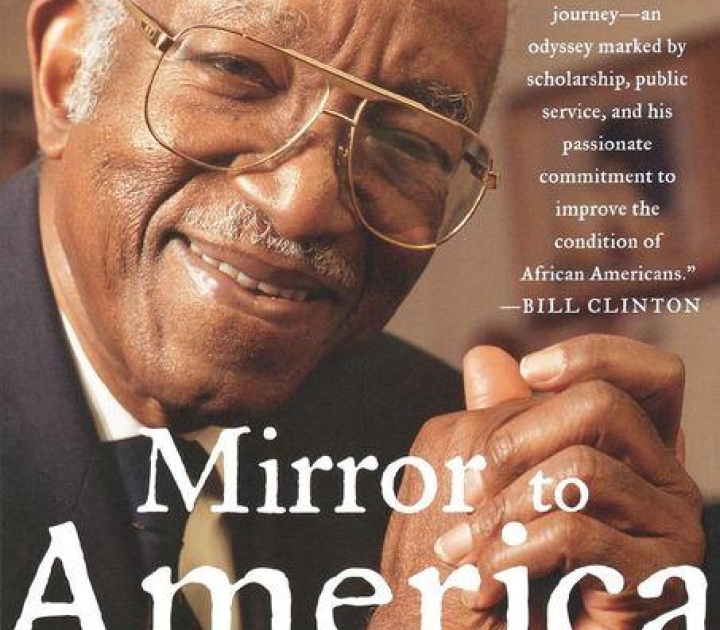
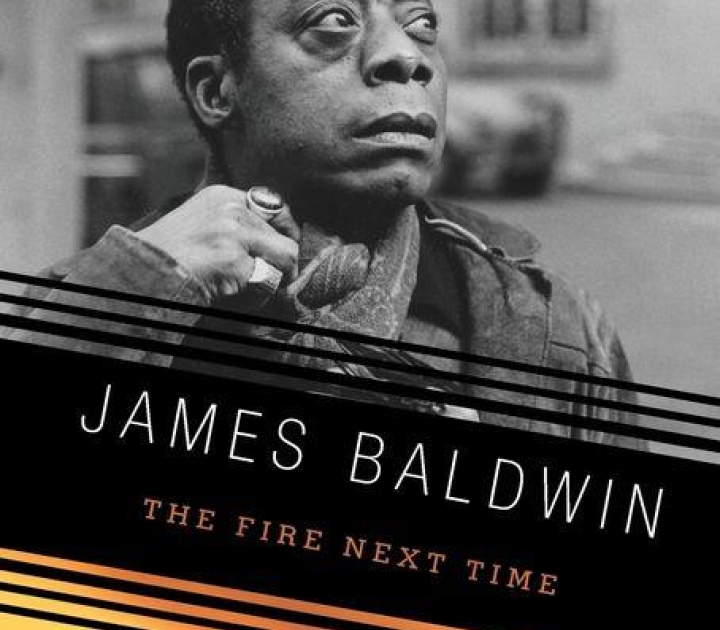
Marcus Watson, Assistant Professor, Africana Studies and Individualized Studies
“One favorite is The Fire Next Time, by James Baldwin (1967). Baldwin writes in an easy-to-read way about the horrific paradoxes in which Black people are caught in a U.S. historical culture that is dominated by assumptions about the superiority of everything White.”
Top photo of James Baldwin, 1969, by Allan Warren (CC).
